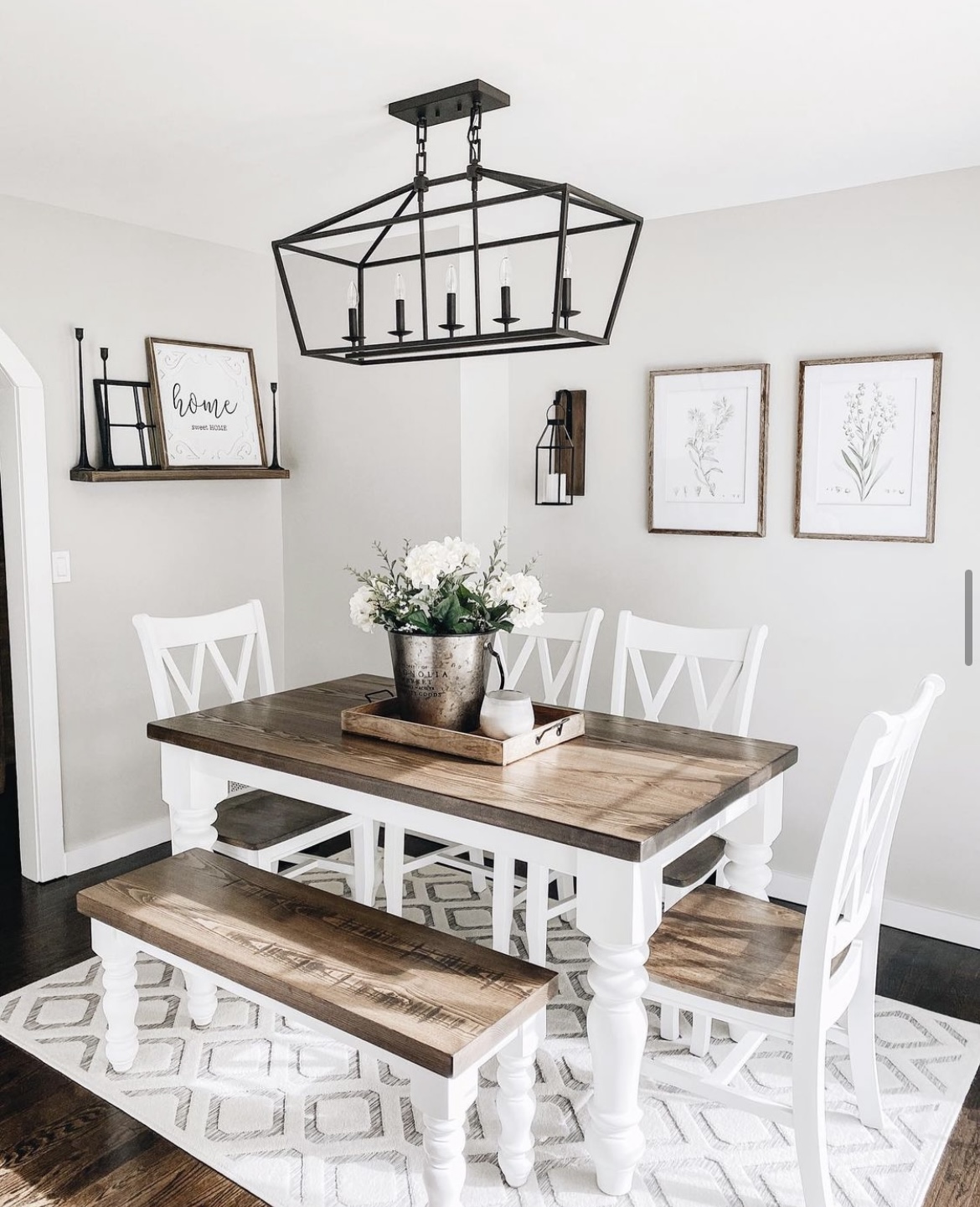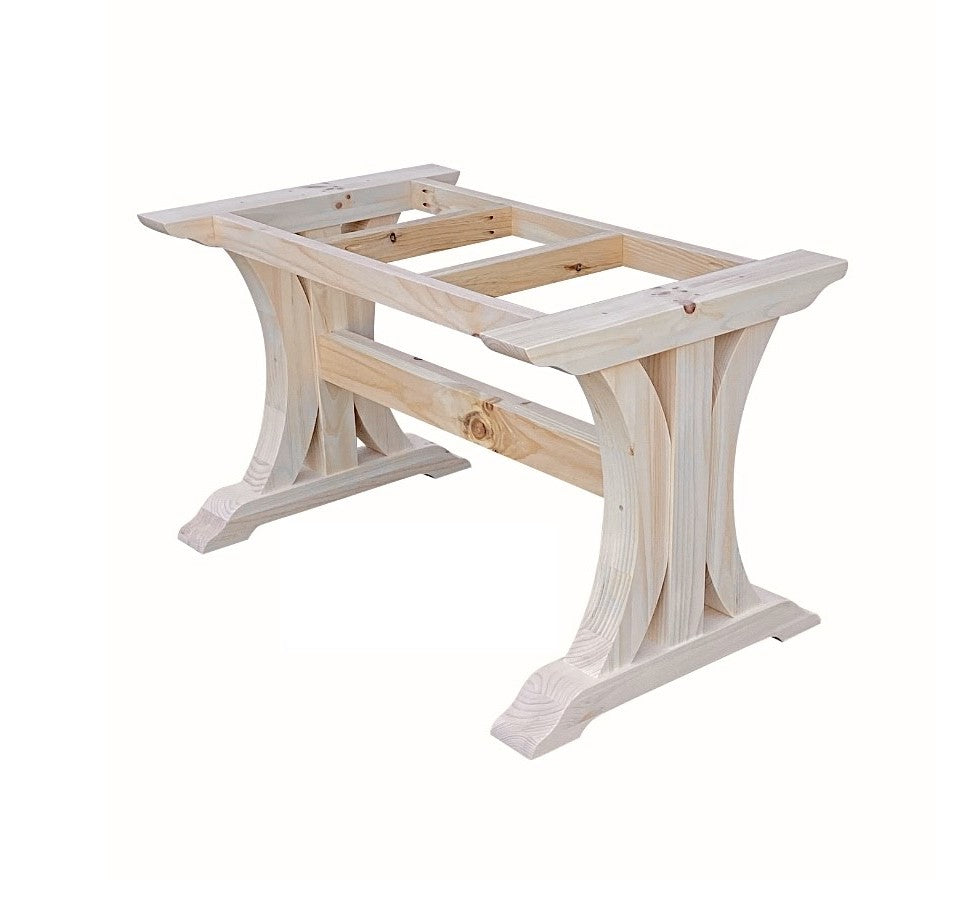Why Dining Room Table Legs Are Crucial for Your Table’s Stability
Why Dining Room Table Legs Are Crucial for Your Table’s Stability
Blog Article
How to Select the Perfect Eating Room Table Legs for Your Home Décor
Selecting the suitable dining space table legs is a nuanced process that requires careful factor to consider of numerous aspects, including your area restrictions, aesthetic choices, and useful demands. The interplay between measurements, styles, and products can considerably affect the setting of your dining location, making it essential to approach this decision methodically.
Assess Your Dining Area
Assessing your dining area is critical for choosing the right table legs that enhance both looks and capability. Begin by determining the measurements of your eating area, consisting of ceiling elevation, flooring area, and proximity to various other furnishings. This information will help determine the proper dimension and elevation of your table, which directly affects the option of table legs.
Next, consider the style and design of your eating room. For example, an open-concept style might profit from table legs that provide visual lightness, such as slender metal or acrylic alternatives. Alternatively, a much more traditional setting might ask for durable wood legs that provide a sense of durability.
Evaluate the existing color palette and products in your eating area. Integrating the table legs with these elements develops a cohesive look that improves the total design. Additionally, consider the functionality needed in your room. If you often hold large celebrations, think about legs that offer extra support and stability.
Eventually, a detailed assessment of your dining area will assist you in making an educated decision, making certain that your table legs not just improve the aesthetic allure but also offer practical objectives.
Consider Your Design Preferences
When picking dining-room table legs, it is essential to review your individual style preferences, as they considerably affect the overall aesthetic of your eating area. Your choice of table legs can either complement or comparison with existing decor, making it important to align them with your recommended indoor design motif.
If your home leans towards a modern-day visual, think about streamlined steel or minimal wooden legs that offer a clean, clean look. For a much more traditional strategy, luxuriant wood legs with elaborate makings can add a touch of sophistication and sophistication. Industrial styles gain from robust, raw materials such as recovered timber and steel mixes, reflecting a rugged beauty.
Additionally, farmhouse and rustic styles often favor strong, beefy legs that evoke a sense of warmth and convenience. Alternatively, if your décor is diverse, you could select non-traditional forms or a mix of materials to produce aesthetic interest.

Evaluate Product Options
The selection of material for eating area table legs plays a pivotal duty in both resilience and aesthetic allure. Typical materials consist of timber, steel, and composite alternatives, each offering distinctive features that can influence the general look and longevity of your table.
Timber is a classic choice, known for its warmth and flexibility. Hardwoods like oak and walnut give extraordinary toughness and can be ended up in various spots to match any design. Nevertheless, softwoods like pine are a lot more prone to dents and scrapes, making them less excellent for high-traffic locations.
Steel legs, typically crafted from steel or light weight aluminum, show modernity and commercial charm. They are immune and extremely resilient to put on, making them ideal for families with kids or constant gatherings (dining room table legs). Furthermore, steel can be finished in various shades, boosting the modification possibilities
Composite products, such as MDF or laminate, deal cost and diverse styles. While usually much less durable than solid wood or metal, they can still offer a fashionable look and are frequently very easy to keep.
Eventually, the material you pick must align with your way of life, visual choices, and the degree of use your dining table will experience.
Determine Height and Size
Choosing the ideal elevation and size for your eating area table is important for both performance and convenience. The common elevation for dining tables generally varies from 28 to 30 inches, permitting ample legroom for the majority of individuals when seated. It is important to consider the measurements of your dining room and the kinds of chairs you plan to use.

Moreover, take into consideration the proportions of your dining-room. A larger table in a roomy area can produce a grand atmosphere, while a smaller table works well in more intimate settings. Eventually, the best height and size will harmonize with your overall design and enhance the dining experience for you and your guests.
Explore Customization Possibilities

Additionally, the layout of the legs can be personalized to fit various designs, such as rustic, contemporary, or industrial. Conical legs can evoke a mid-century modern-day feel, while beefy, block-style legs may resonate with traditional or farmhouse style.
House owners can also check out color surfaces, from natural wood discolorations to paint, allowing them to match or contrast with the table top and surrounding decoration.
Furthermore, leg elevation can be adapted to suit particular seating setups or personal choices, enhancing both comfort and capability.
Lastly, one-of-a-kind embellishments, such as makings or decorative brackets, can better personalize the table legs, making the eating experience not simply a statement but a meal piece in the home. By considering these personalization options, property owners can develop a dining-room table that absolutely reflects their uniqueness.
Final Thought
Picking the try this web-site perfect dining-room table legs calls for careful consideration of different variables, including the dimensions of the dining area, design choices, product resilience, and preferred elevation. Modification alternatives further enhance the ability to accomplish a cohesive aesthetic that matches the general decoration. By methodically reviewing these elements, homeowners can ensure that the chosen table legs not only satisfy functional requirements but also contribute positively to the dining experience and ambiance of the home.
Picking the ideal eating area table legs is a nuanced procedure that calls for mindful factor to consider of different aspects, including your space constraints, aesthetic choices, and sensible demands.Examining your eating area is important for choosing the right table legs that complement both looks and performance.When identifying size, gauge the location where the table will be placed to guarantee it fits pleasantly, enabling for at least 36 inches of clearance around the table for very easy activity. A larger table in a spacious location can produce a grand ambiance, while a smaller sized table functions well in more intimate setups.Choosing the perfect eating space table legs requires mindful consideration of various variables, including the measurements of the eating space, design preferences, product durability, and desired elevation.
Report this page